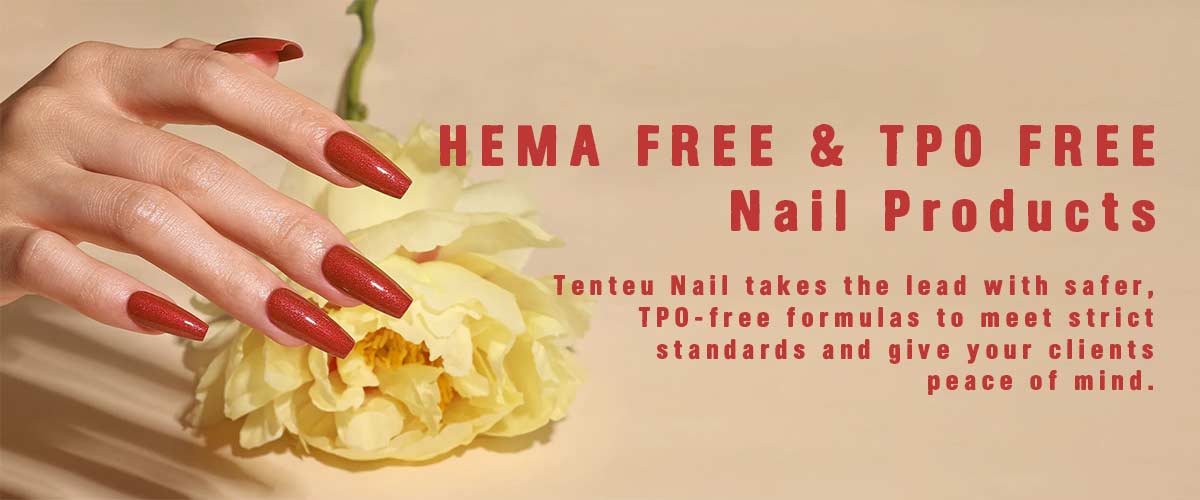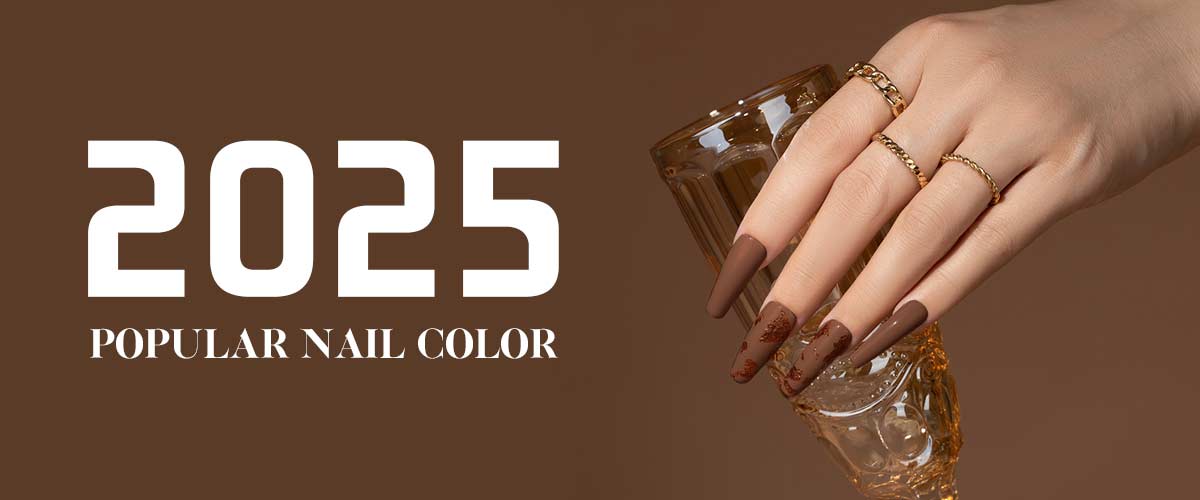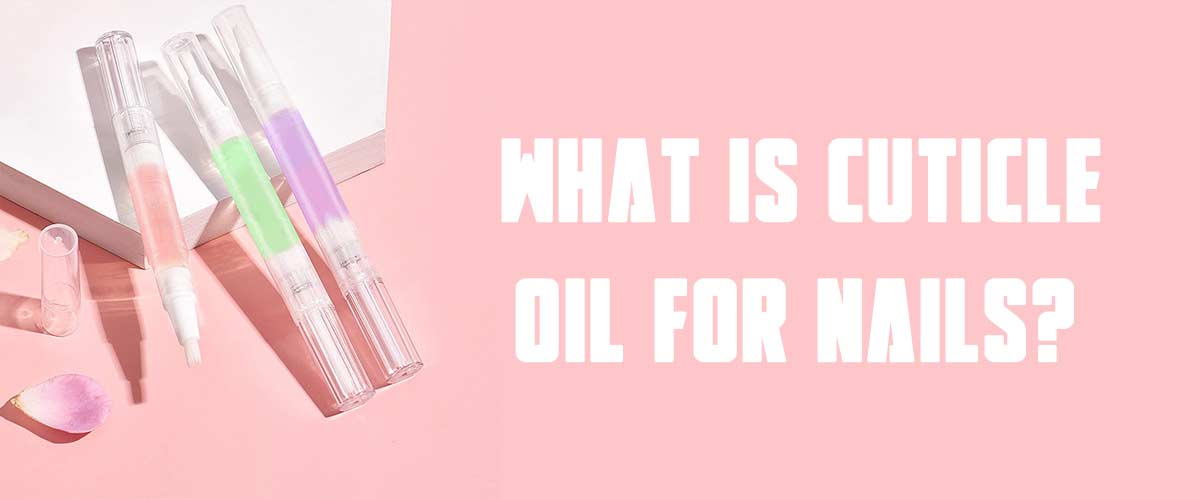Separating Fact from Fear
In recent months, ‘TPO-free’ has become one of the most searched keywords in the professional nail and gel polish industry. As awareness of cosmetic safety rises, nail brands, salon professionals, and consumers alike are asking: What is TPO? Is it harmful? And what does the EU ban actually mean for nail products?
This guide explains the chemistry, safety regulations, and differences between similar photoinitiators to help you make informed decisions.
What Is TPO and Why Is It Used in Nail Products?
TPO, or Diphenyl (2,4,6-trimethylbenzoyl) phosphine oxide (CAS 75980-60-8), is a photoinitiator commonly used in UV-curable products like gel polish. It helps initiate the polymerization process under LED/UV lamps, ensuring quick and complete curing.
Its structure features two phenyl rings attached to a phosphine oxide core, designed for fast curing and clear color stability.
Because of its efficiency, TPO has long been a favorite among gel polish manufacturers, especially for light colors and sheer gels.
Why Is TPO Being Banned in the EU?
Under the European Union’s REACH regulation (Annex XVII entry 77), TPO will be banned for use in tattoo inks and permanent makeup starting from September 2, 2025. This regulation is focused on substances injected into the skin, not those applied on the nail surface.
Important: This ban **does not automatically extend to nail products.** However, due to growing consumer demand for cleaner, safer formulas, many brands are proactively removing TPO to future-proof their products and maintain transparency.
Not All Trimethylbenzoyl Derivatives Are the Same
Much of the panic stems from confusion between different types of photoinitiators. For example:
-TPO (Diphenyl (2,4,6-trimethylbenzoyl) phosphine oxide)
– CAS No: 75980-60-8
– EU Status: Banned in tattoo inks (not cosmetics)
– Di-p-tolyl(2,4,6-trimethylbenzoyl)phosphine oxide
– CAS No: 270586-78-2
– Structure: Similar to TPO but with two methyl-substituted phenyl rings (p-tolyl)
– EU Status: Not banned; still permitted under regulated limits in nail products
While they share a similar chemical backbone, their safety profiles and regulatory statuses differ.
What Should Nail Salons and Distributors Know?
– Stay Informed: Understand the ingredients in your gel products and consult with manufacturers.
– Offer TPO-Free Options: Clients increasingly seek HEMA-free and TPO-free products. Stocking these can boost trust and appeal.
– Read Ingredient Lists: Not all ‘TPO-like’ ingredients are banned. Look for alternatives like TPO-L or Di-p-tolyl derivatives.
– Check Certification: Work with manufacturers who comply with EU regulations and can provide documentation for peace of mind.
Tenteu Nail – Your Trusted Manufacturer for TPO-Free, EU-Compliant Gel Polish
At Tenteu Nail, we stay ahead of industry regulations and safety standards. We offer gel polish formulations that are HEMA-free, TPO-free, and compliant with the latest EU cosmetic regulations. Whether you’re looking to build your own brand or expand your retail line, we provide transparent ingredients, quality testing, and full private-label support.
Contact us today to learn more about safe, trend-forward gel polish solutions.



